Vidya Vox brings together influences of her Indian-American heritage to create music that is refreshingly new, unique and contemporary, ...
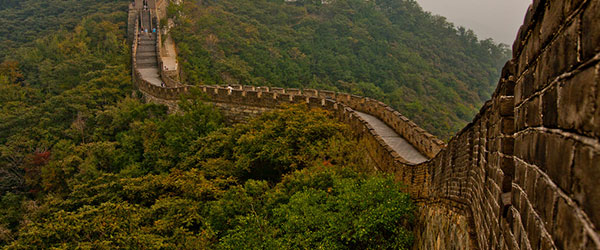
The United Nations Educational, Scientific, and Cultural Organization declares places of special cultural or physical significance as World Heritage Sites. As the second country with the most UNESCO World Heritage Sites, China has 34-cultural-heritage sites, 10-natural-heritage sites and four mixed sites. Although listed below are five UNESCO sites in China, the remaining 43 are worth visiting as they too are significant in China’s shared heritage.
1. Longmen Caves
The largest collection of Chinese art dating back to the Northern Wei and Tang dynasties can be found in Longmen Caves, located in the Henan Province of China. The hundreds of carvings constructed in the cave are the epitome of Chinese sculpture. Tourists can notice the progression in the style of the statues, as the simple figures of the Northern Wei dynasty evolved into complex and more detailed carvings during the Tang dynasty. Longmen Caves is the ideal destination for tourists interested in exploring the opulent history of China and admiring the craftsmanship of the carvings.
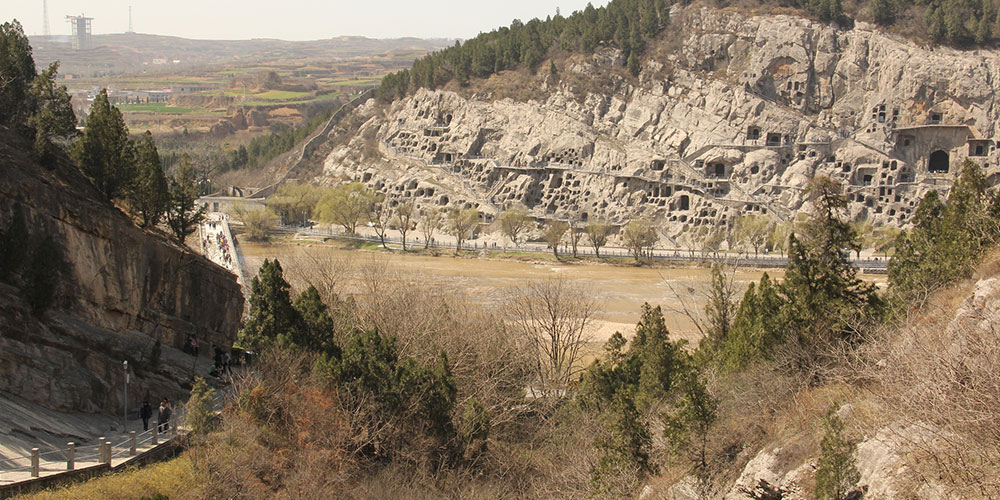 Photo courtesy | Anna Paula Hirama
Photo courtesy | Anna Paula Hirama
2. Classical Gardens of Suzhou
Located south of the Yangtze River, the city of Suzhou reputed for its classical gardens is also referred to as “Paradise on Earth”. The beautiful gardens trace back to the 6th century and were built for aristocratic families. When UNESCO first inscribed the gardens as a World Heritage Site in 1997, the four gardens included were the Humble Administrator’s Garden, the Lingering Garden, the Garden of Master of Nets, and the Mountain Villa. In 2000, the site was extended to include five additional gardens. Encompassing more than 1,000 years of history, the gardens emulate the beauty of natural landscapes through the use of pavilions, rocks, hills and rivers. Those visiting the gardens can take pleasure in reading, meditating, listening to music or drinking tea.
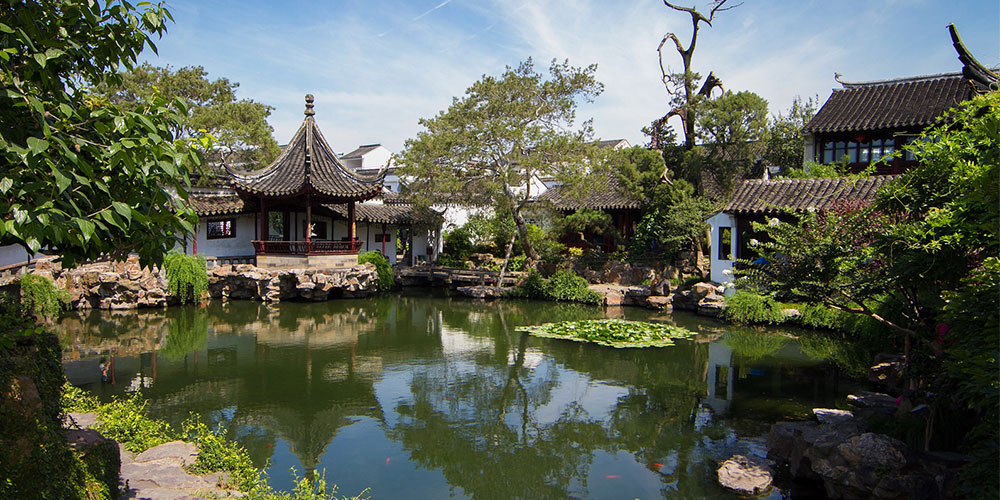 Photo courtesy | Rita Heine
Photo courtesy | Rita Heine
3. Lushan National Park
The main attraction of this national park is the Lushan Mountain, best known for its cliffs, sea of clouds and cascading waterfalls. The mountain is also highly esteemed for being a religious sanctum where five religions peacefully coexist on one mountain. The slopes of the mountain are home to temples, churches and mosques representing Buddhism, Taoism, Islam, Christianity and Catholicism. The Lushan National Park also includes the Bailudong Academy, which is ranked first among four major ancient colleges in China. The abundance of history and picturesque scenery attracts tourists from all parts of the world.
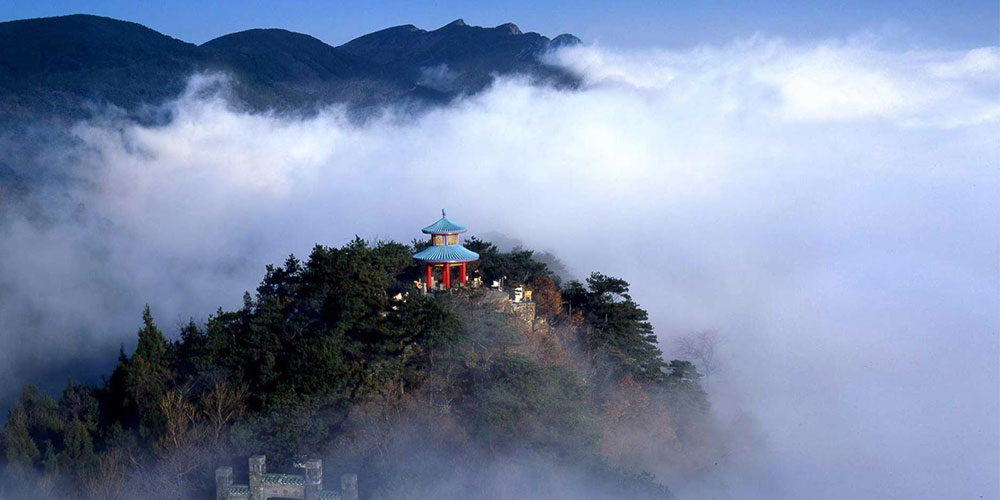 Photo courtesy | Traveling Tour Guide
Photo courtesy | Traveling Tour Guide
4. Summer Palace, an Imperial Garden in Beijing
Declared by UNESCO as a “masterpiece of landscape garden design”, the Summer Palace is admired for blending natural elements with artificial features. The palace was designed for royal families to rest and to entertain. Also identified as the Museum of Royal Gardens, the Summer Palace is the thought to be one of the best-maintained imperial gardens in the world. People spending the day at the Summer Palace can go on short boat rides to island temples, watch traditional Chinese performances, or explore the recreated traditional shops along the river. While not all buildings are open to the public, their presence enhances the park with their architectural style.
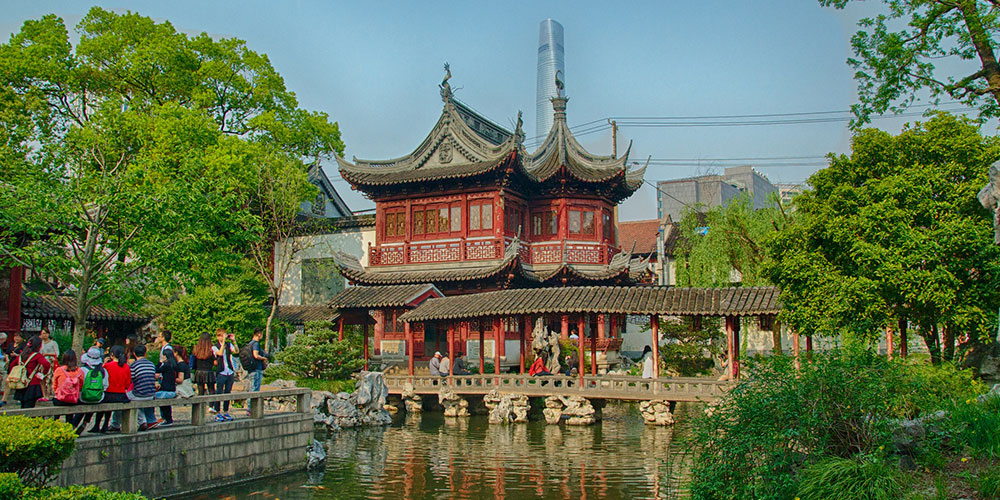 Photo courtesy | Eustaquio Santimano
Photo courtesy | Eustaquio Santimano
5. The Great Wall
Contrary to popular belief, the Great Wall of China cannot be seen from space with the unaided eye. The wall, known to the locals as the “Long Wall of Ten Thousand Li”, stretches approximately 5,500 miles and is more than 2,300 years old. Some portions of the wall are in ruins, yet it remains as the largest military structure in the world built to defend off invasions from northern invaders. The Great Wall of China, built with stone materials, was constructed over a long period of time. Today, it stands as the most recognizable symbols of China, as it is one of the oldest and largest architectural feats in the world.
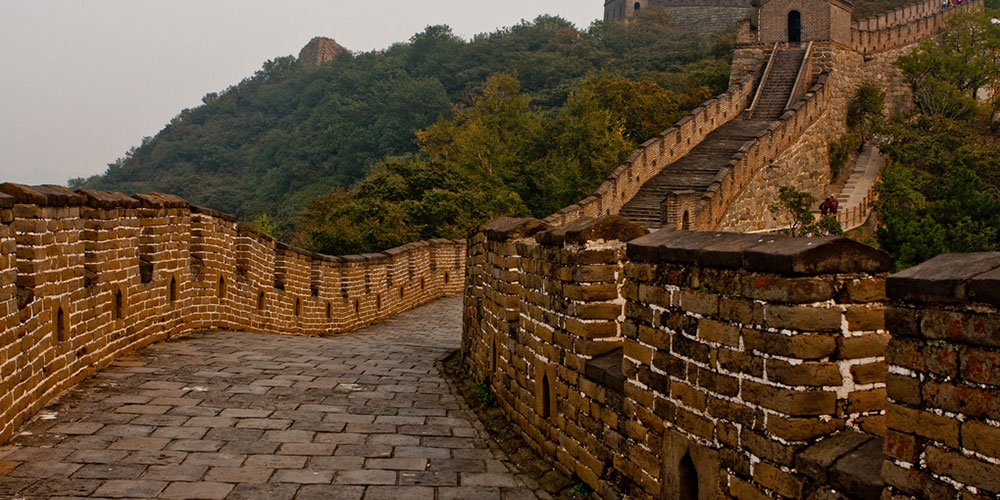 Photo courtesy | Ian Gampon
Photo courtesy | Ian Gampon


One of the premiere all-inclusive hotels in all of Costa Rica, this property breaths affluence, while delivering personalized service.


Set oceanfront, on the famed Huntington Beach, travelers can experience the laid-back Californian lifestyle, in comfort.


Nestled on the Belizean coast, overlooking the Caribbean Sea, escaping the mundane will be a breeze.


Possessing a rich, old-world atmosphere, set in paradise, this Columbian resort is embedded with local culture.













